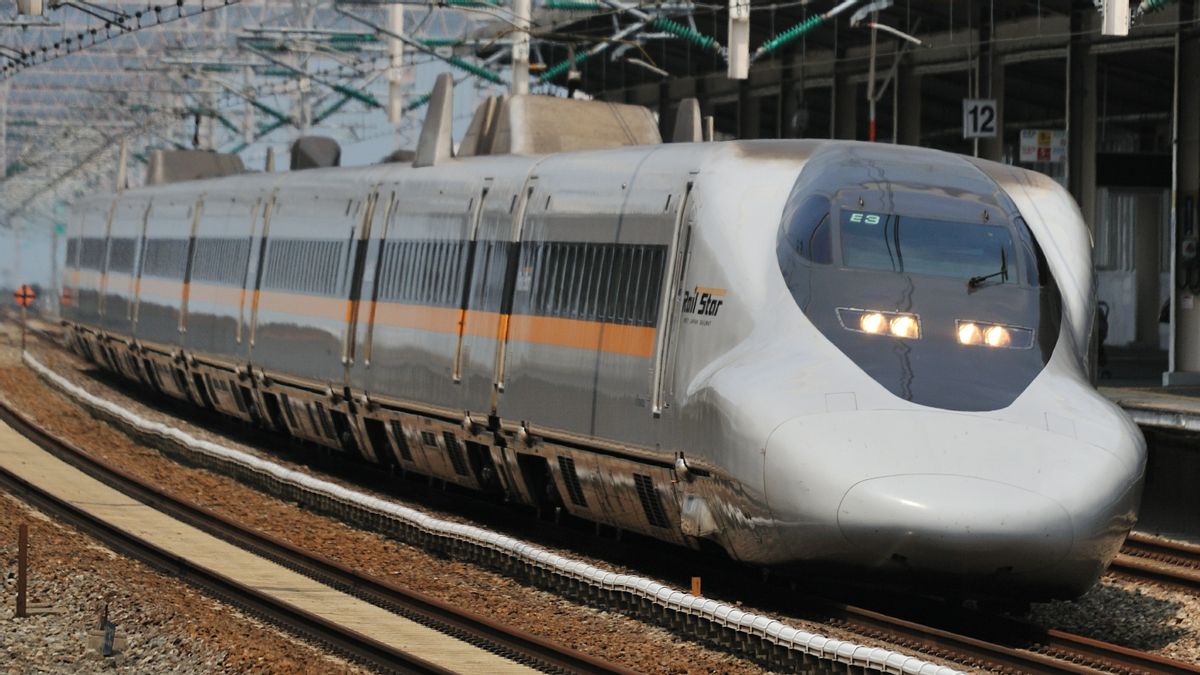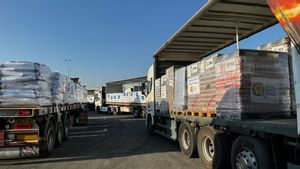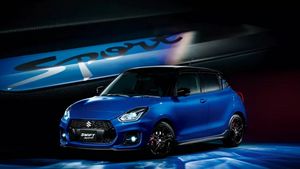JAKARTA - Japan's busiest bullet train service connecting Japan's three largest metropolitan areas, Tokyo, Nagoya and Osaka, commemorated its 60 operating years earlier this month, with fans flocking to watch the first Tokaido Shinkansen train on the day.
The celebration ceremony was held at JR Tokyo Station. Central Japan Railway President Co. Shunsuke Niwa promised to continue efforts to make the Shinkansen Tokaido Line "loved by people in the future starting today," as quoted by Kyodo News October 14.
Train fans watched the first Tokaido bullet train departing from Tokyo Station, while honking its distinctive horn.
"It's amazing that this train has been running safely for 60 years," said Sen Hatanaka, a 10-year-old Shinkansen fan from Tokyo who was traveling with his father at the time.
A similar ceremony was also held at JR Nagoya Station in Aichi Prefecture, central Japan.
"I am very touched," said Akimasa Uno (12) who attended the event with his mother. "I want to be a driver in the future," he said.
The Shinkansen service was first launched on October 1, 1964, a few days before Japan hosted the Tokyo Olympics, quoted from CNA.
Nicknamed "the bullet train" because of its slim design and incredible speed, Shinkansen, which means a new main line, is the world's first high-speed rail service.
Its first route - Tokaido Shinkansen - connects the two largest cities in Japan, Tokyo and Osaka. The train covered 515 km in just four hours, the previous train service was faster, which ranged from six and a half hours.
At that time, Shinkansen's highest speed reached 210 km/hour, making it the fastest train in the world. Currently, Shinkansen is traveling up to 285 km/hour, with a trip from Tokyo to Osaka only taking about two hours.
Furthermore, the development of Shinkansen is not an easy matter. The Japanese railway had difficulties during World War II, and there was a debate over whether the country was able to finance such a large project.
When plans for Shinkansen began to materialize in 1957, many opposed the reason for the decline in rail use in the United States.
But with the 1950s economic boom, the government continues to advance, seeing Shinkansen as important to connect Japan's most populous regions.
Before Shinkansen, rail transportation declined in many countries. However, Japan's success sparked global interest in high-speed rail technology. In 1981, France introduced the TGV train, followed by the Inter-City Express from Germany in 1991.
Japanese rail companies are also expanding their technology beyond the country's borders. Certain parts of Shinkansen's technology, such as special rails and safety control systems, have been used on rail lines elsewhere. In 2007, high-speed rail services began operating in China and Taiwan.
In the UK, which is most similar to the bullet train is Hitachi's "Intercity Express Train", which uses technology derived from the Japanese bullet train.
SEE ALSO:
It is known that the Tokaido Shinkansen Line, which functions as Japan's main transportation arterial, has transported about 7 billion passengers in the last 60 years, according to JR Central.
With 372 trains operating daily, carrying about 430,000 passengers on average, Tokaido Shinkansen has become Japan's main transportation route, quoted from The Japan Times.
The Shinkansen Hokkaido extension to Sapporo is planned to be completed after 2030.
The English, Chinese, Japanese, Arabic, and French versions are automatically generated by the AI. So there may still be inaccuracies in translating, please always see Indonesian as our main language. (system supported by DigitalSiber.id)


















